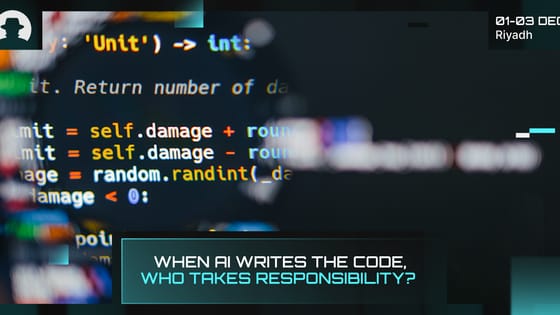
Why identity protection has to level up in 2026
Identity fraud in 2026 is AI-driven, industrial and costly. Learn how deepfakes, fraud rings and new cyber insurance rules are changing identity protection.
Read More
If you’re a cybersecurity founder, the dream is (on paper at least) simple: build something the world genuinely needs. And in many cases, securing the funding to scale it is part of that dream.
But the reality is that securing investment isn’t easy; and in 2025, investors are more cautious than ever. Movement has cooled, and although capital is still flowing, it’s only going towards startups that prove they can solve real problems and hold their ground in a fiercely competitive market.
While global security funding definitely hasn’t collapsed, it is stabilising. Pinpoint Search Group’s report on vendor funding in Q2 shows that deal volumes are down from their pandemic-era highs, but strong late-stage rounds remain.
Moss Adams has reported about USD $5.1 billion in funding so far this year – which is solid, but a way off the 2021 surge.
Late-stage companies with enterprise traction are attracting capital; early-stage founders now face a tougher road. And buyers and investors alike want fewer, more reliable platforms – not a sprawl of untested point solutions.
This tighter market makes validation non-negotiable. When we spoke to Moataz Salah (CEO at CyberTalents), he said:
“I believe that idea validation is crucial for the success of any startup, especially in the cybersecurity sector. The main challenge is that many founders come from a technical background and may have a great idea for a product, but they often lack the business experience to validate it.”
Skipping this step can lead to “building products that solve a problem that no one has”. In a market where investors demand clear demand signals, that’s fatal. Salah added that validation isn’t something you do once and then forget about:
“Even after you've launched your product, you need to continue to get feedback from customers and make adjustments as needed.”
So before you pitch, you have to prove that someone cares. And then keep proving it as you grow.
Funding trends offer a clue to what gets investor attention. This week, we wrote an article about the categories attracting capital this year. They include:
If your startup sits in or adjacent to these growth areas, you have a strong chance your pitch will resonate – but only if you show clear differentiation and traction.
Over and over again, we’re reminded that investors back people, not just code. Speaking at Black Hat MEA 2022, Mohammed Almeshekah (Founder and Managing Partner at Outliers VC) said:
“Don’t build a team that is very homogenous because you’re going to miss opportunities…if people only have homogenous networks it doesn’t create a multiplying effect.”
And when we interviewed Emre Kulali (Strategic Partnerships at AccuKnox) for the blog, he warned against risky overexpansion:
“The cybersecurity space presents unique challenges for startups…the market is highly saturated and competitive. This makes it challenging for startups to differentiate themselves and gain visibility amid the noise.”
Echoing Almeshekah’s focus on the importance of people, Kulali added that one common mistake startups make “is growing their teams and operating costs too quickly, which can lead to premature depletion of resources and runway.”
Diverse teams spot more angles, and disciplined teams live long enough to reach product-market fit.
With validation and the right team in place, your pitch needs to convince investors that your solution is sticky, scalable and defensible. They want:
These criteria reflect recent industry analyses, much of which suggests that investors are focused on defensibility, revenue traction, and enterprise-ready reliability.
Cybersecurity investors in 2025 are still writing cheques (about $3.3 billion in Q1 alone according to SG Analytics) – but they’re pickier than ever.
As Salah reminded us: idea validation is critical. Lots of founders have brilliant ideas, but many lack the business experience or the patience to validate it. And Kulali warned that cybersecurity solutions can quickly become outdated; so startups have to constantly innovate and iterate.
So if you’re seeking investment, build something that makes a difference and prove it early. Be ready to adapt fast, and stay disciplined. That’s how to move from pitch to payoff in today’s security market.
Join the newsletter to receive the latest updates in your inbox.

Identity fraud in 2026 is AI-driven, industrial and costly. Learn how deepfakes, fraud rings and new cyber insurance rules are changing identity protection.
Read More
New research from Veracode and Gartner shows that while AI is accelerating software development, it’s also accelerating risk.
Read More
Three recent campaigns (Tsundere, Matrix Push C2, and Sturnus) show attackers shifting command-and-control and data theft into places we treat as harmless UX plumbing.
Read More